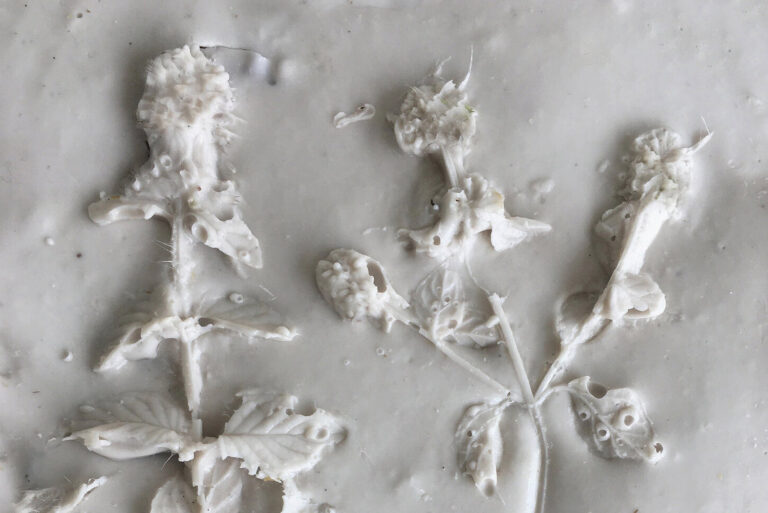
Nynke Koster
The practice of Nynke Koster unfolds as a vivid dream, merging past and present, with each creation bearing witness to
Jan Kaláb is a Czech artist that was one of the pioneers of graffiti in his homeland. His career stretched from Prague’s train yards to painting whole cars in NYC. Around that time, in 2000, he developed an interest in 3D graffiti and because of that, eventually, he started sculpting huge abstract letters. Only later, when in 2007 he graduated from the Academy of Fine Arts of Prague, did his interest in three-dimensional works evolve into a passion for abstraction. Also, Jan Kaláb’s works became more geometric-based over time. So in his current practice, he often uses squares and circles as the main shapes or forms.
‘I have to say the most difficult for me was to find the way from letters to abstraction. Once I didn’t want to repeat my name (Cakes) in different styles anymore, I realized I lost the most important thing – the theme. And, it takes time to build up a new one from there.
I began to work with fragments that remained and I tried to picture what I was only thinking about before. Infinity, movement, change. From that moment my work evolved pretty naturally.
I decided to study a circle, and the possibilities also, because not many people did at that time. It is more simple to work with straight lines. I also like the idea of what a circle is – a line around a point.
Point is a name I used for building graffiti sculptures, and because of sculptures, I was able to see the letters from the back side which eventually led me to abstraction. So when I think about all that, it all makes sense.’ — Jan Kaláb.
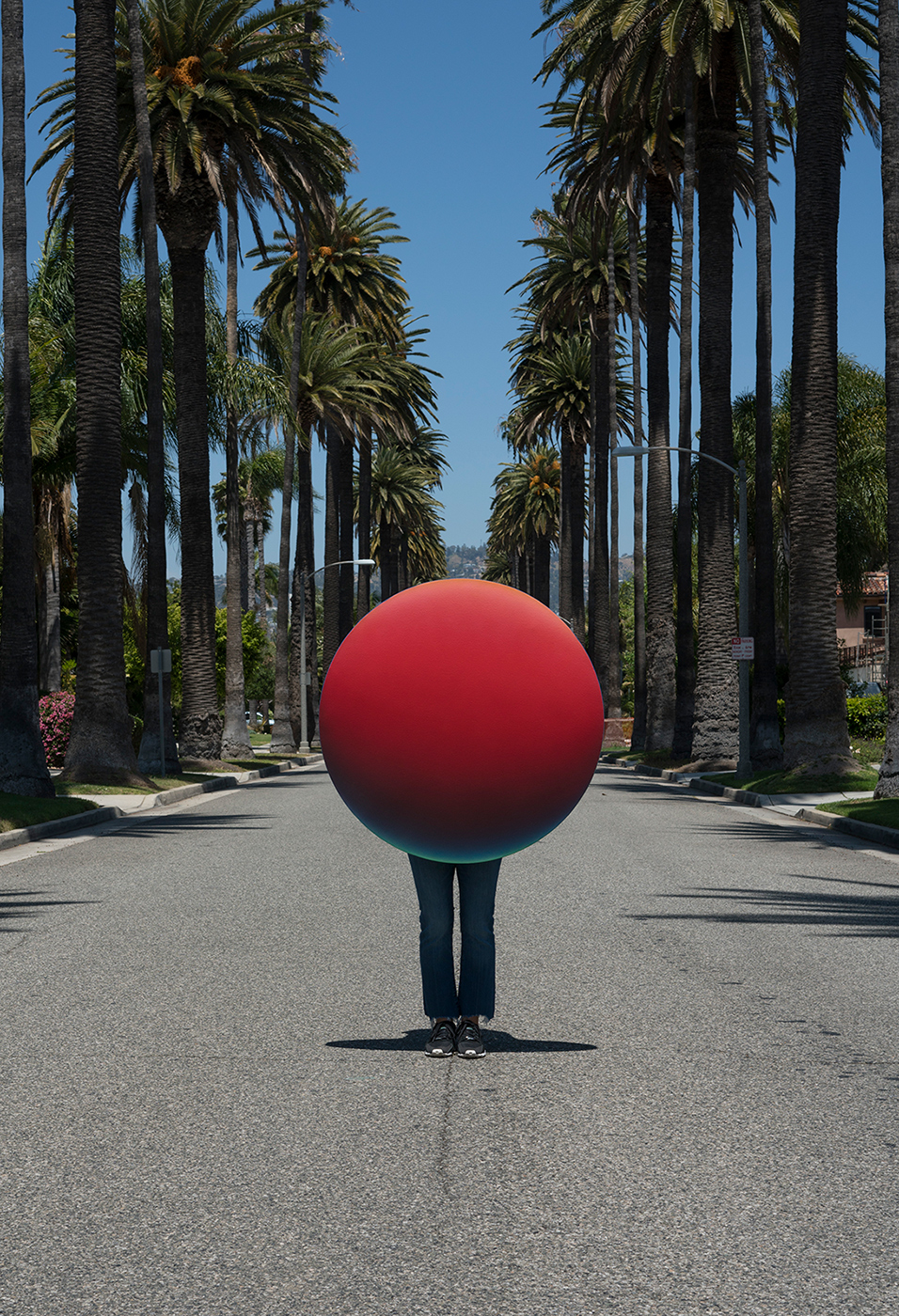
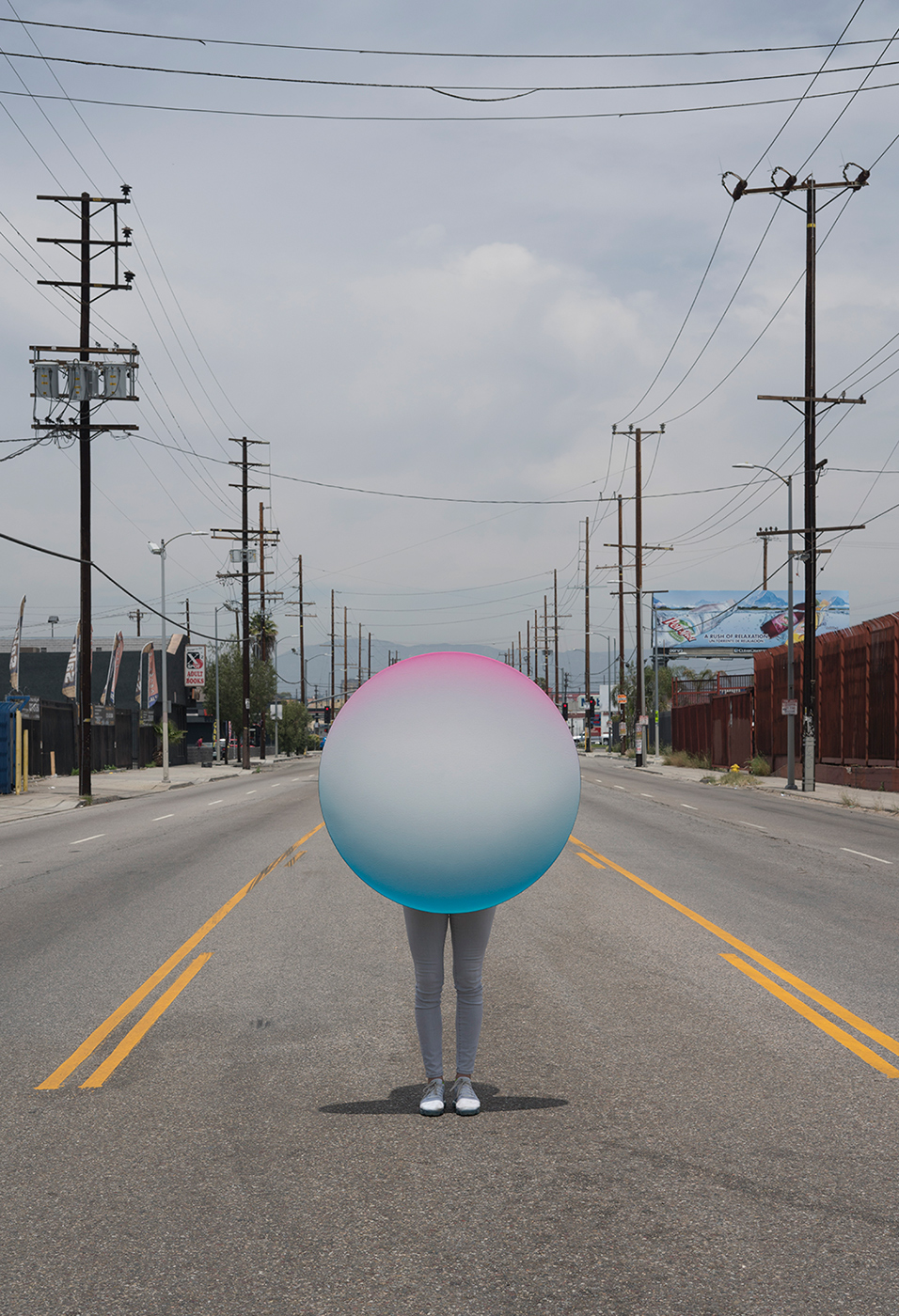
‘The circle is a very complex shape. You can see a planet or a cell in it if you put a little imperfection to it. Actually, a lot of people ask if the organic circles represent an eyeball. I didn’t think about that before, but yes, if you alternate something in the right way, it usually gets universal meaning.
Lately, I’m focused more on the visual value of my work. I like to play with colors and want to transfer the joy of painting to a viewer. So, the works talk clear and simple without using too many sentences, if you know what I mean. I would be happy to know my work made the observer feel happy while looking at it.’ — Jan Kaláb.
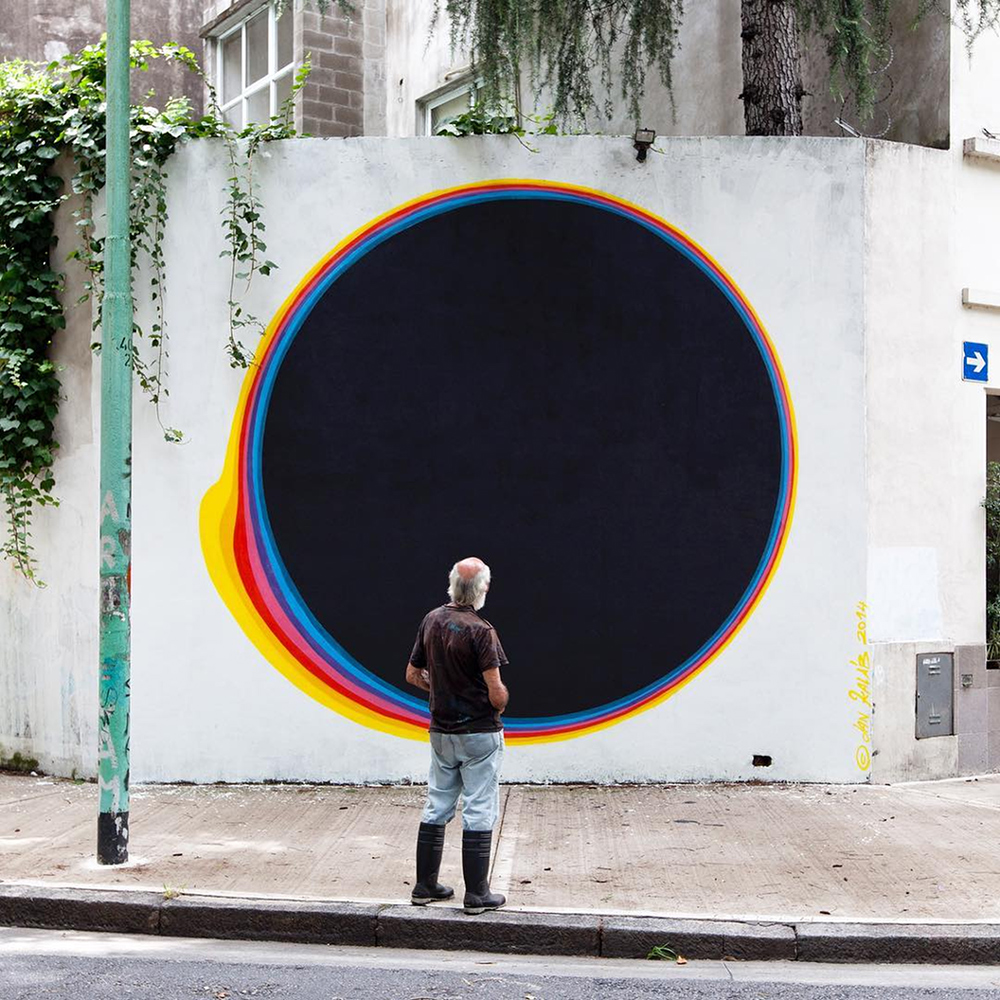
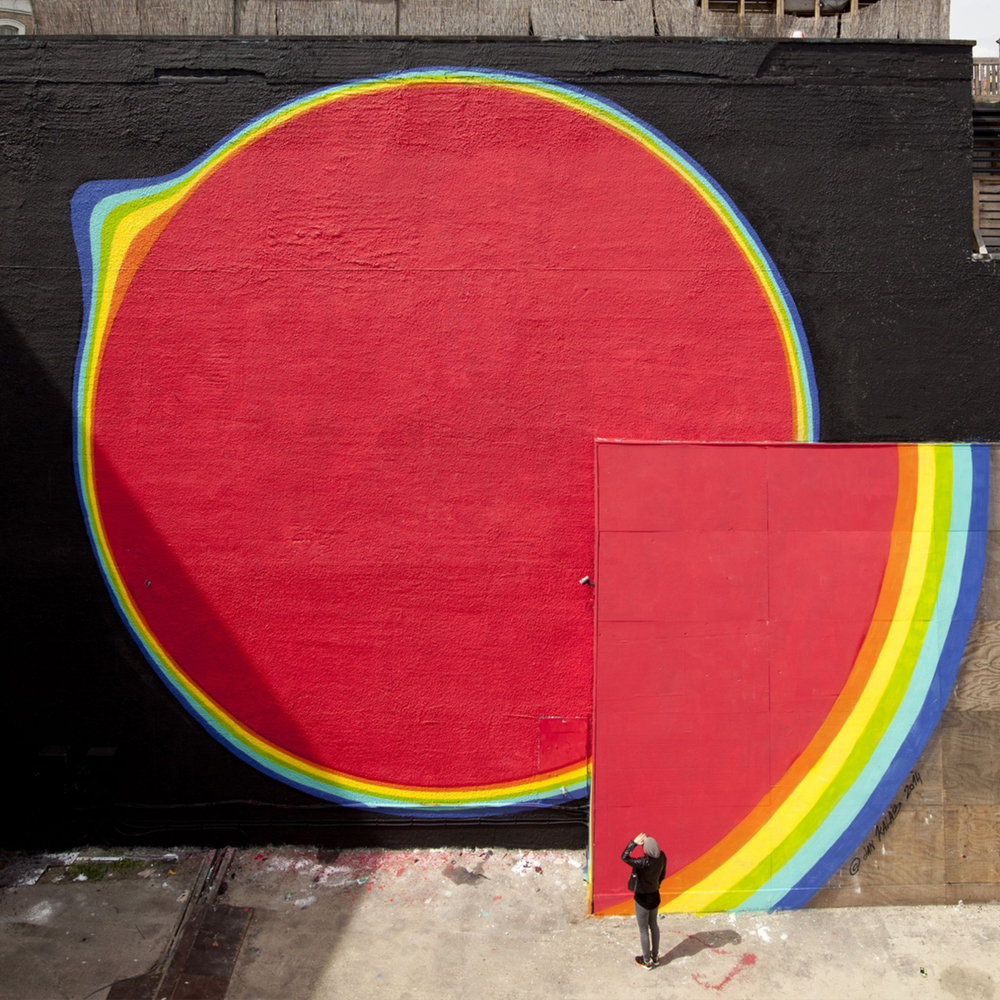
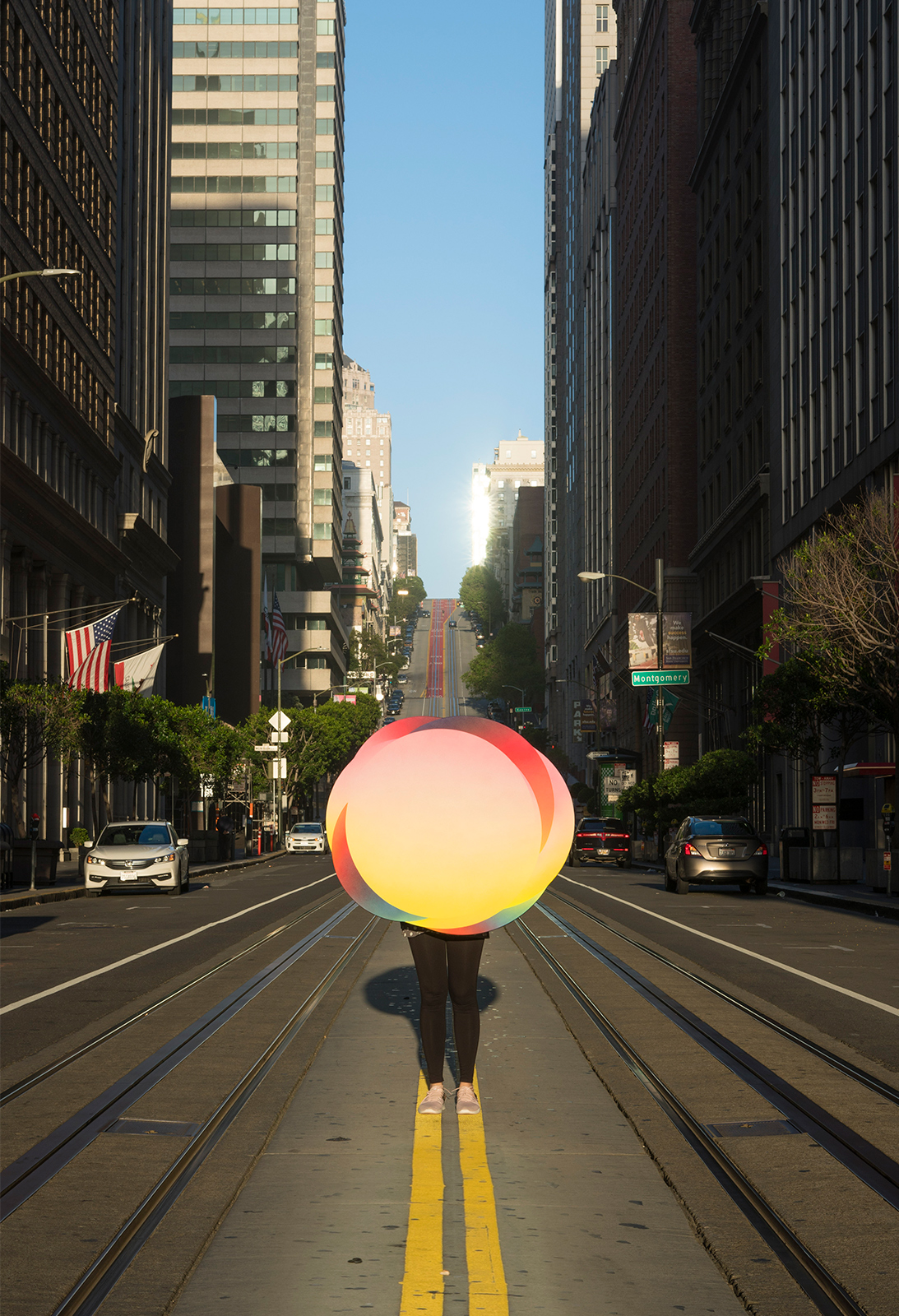
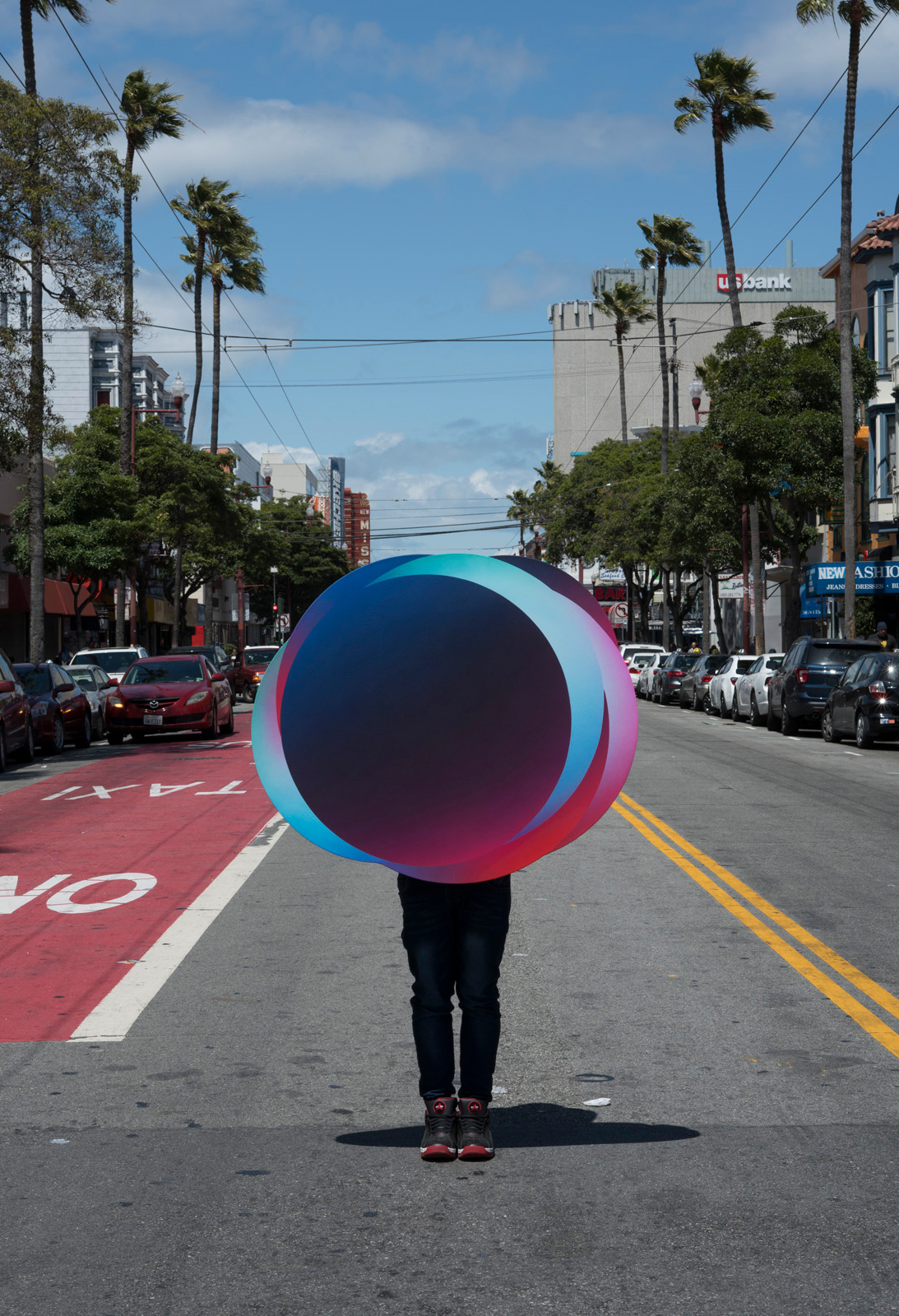
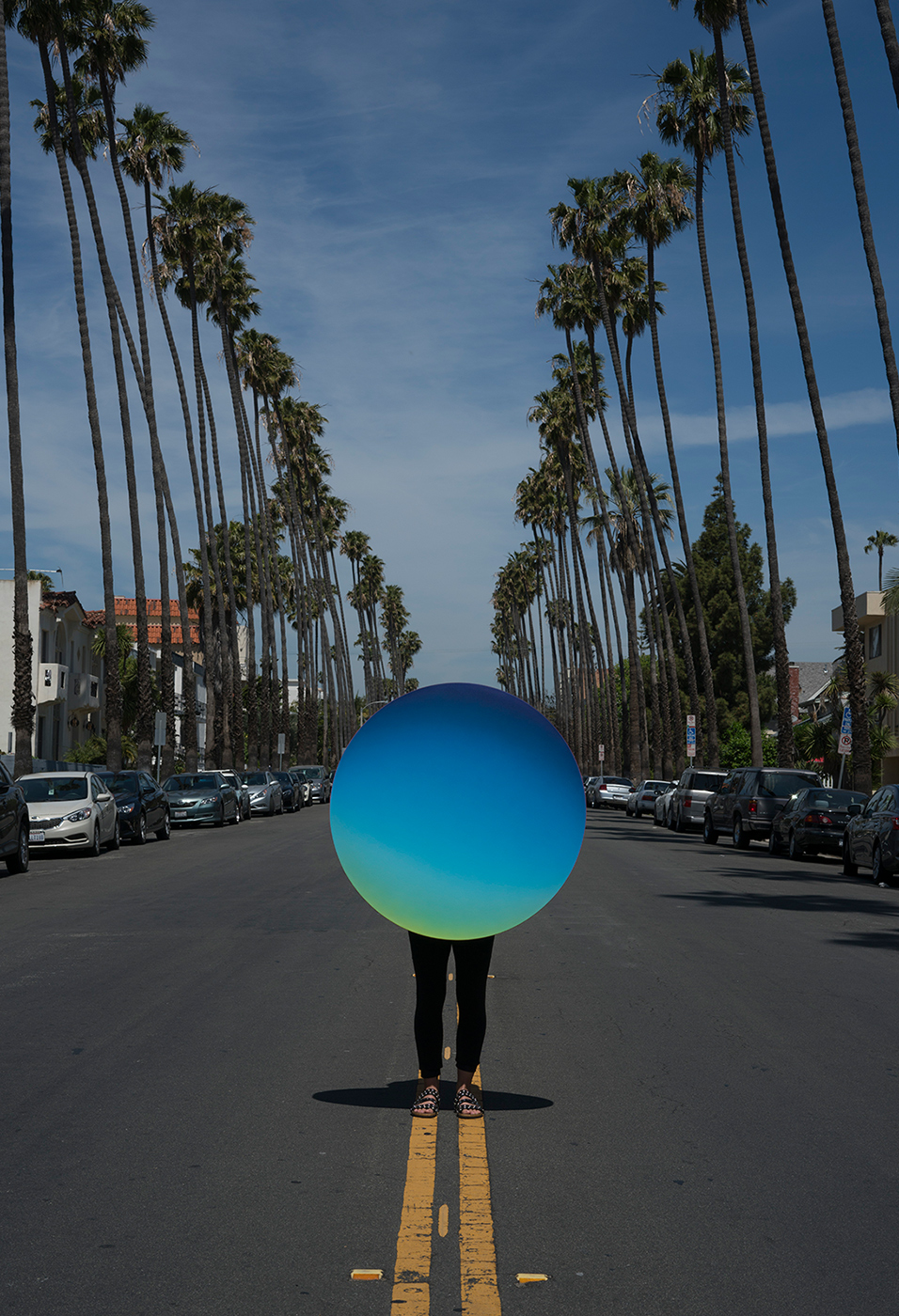
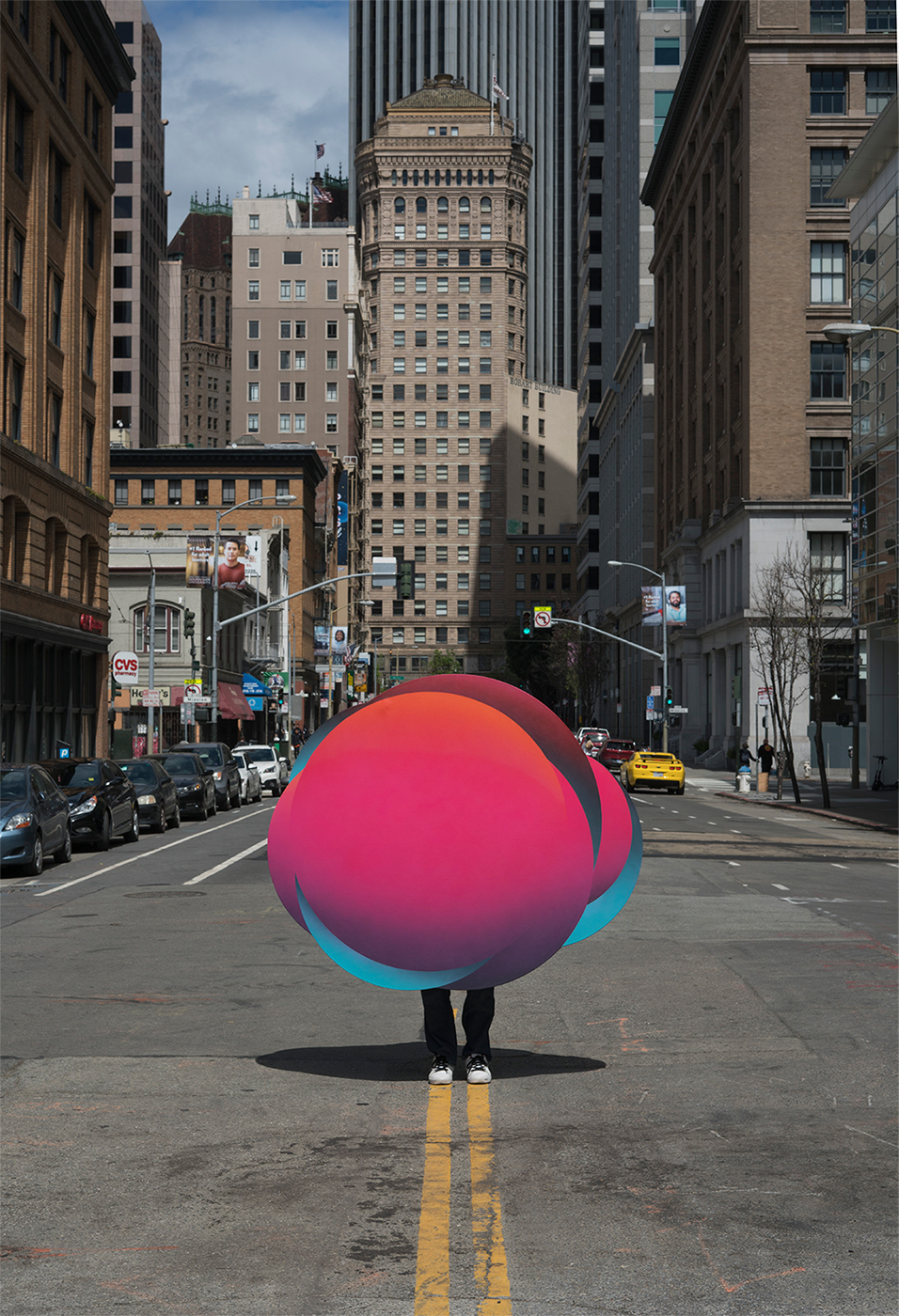

The practice of Nynke Koster unfolds as a vivid dream, merging past and present, with each creation bearing witness to
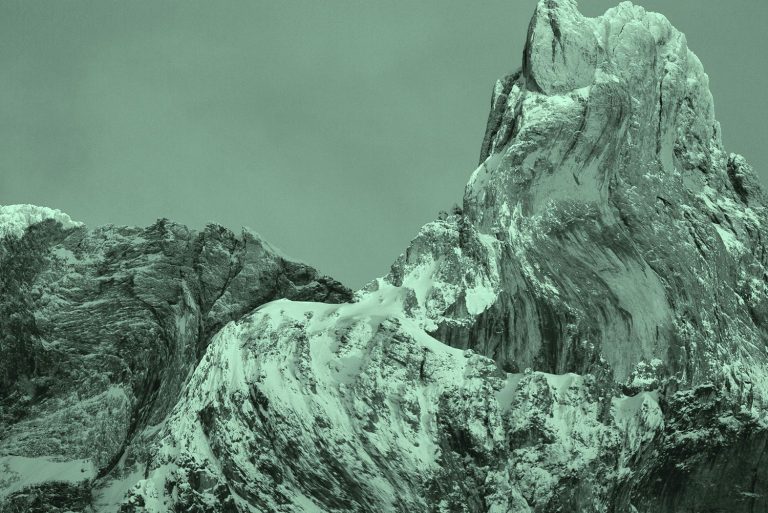
Mit Borrás, a transdisciplinary force in the art world, initially divided his creative energies between Madrid and Berlin starting in
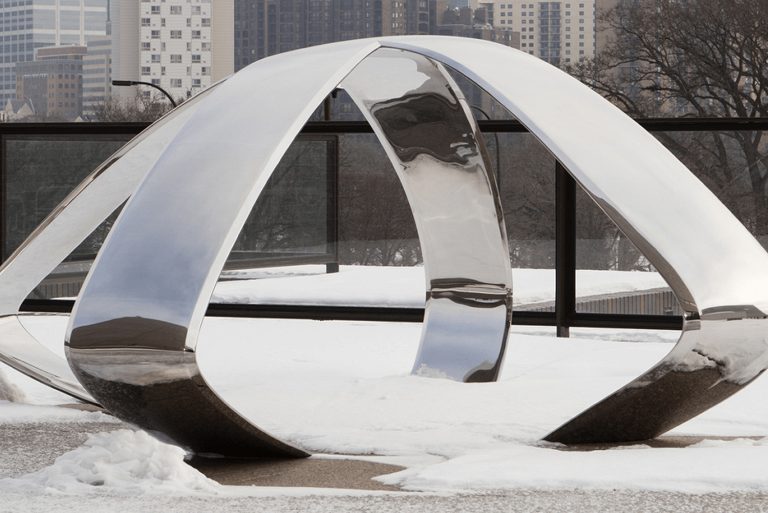
Los Angeles artist Liz Larner explores and extends the conditions and possibilities of sculpture since 1980’s. Her works are informed
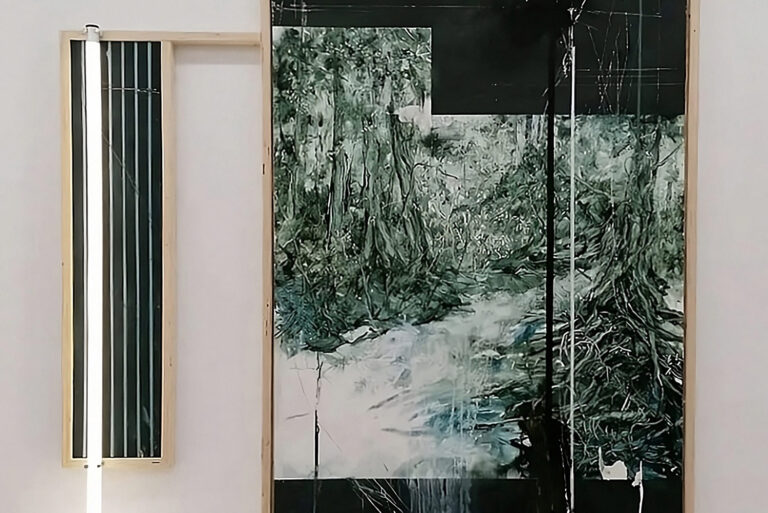
Arny Schmit, a Luxembourg-born artist, masterfully blends his deep connection with nature into every brushstroke and sculpture. Raised in Wiltz’s
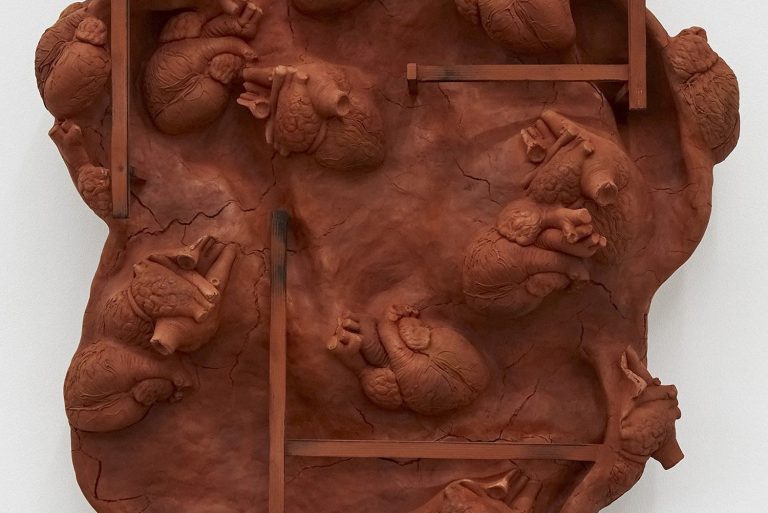
While Worcester is Claire Baily’s hometown, she currently practices her art in the teeming city of London. Her creations intriguingly
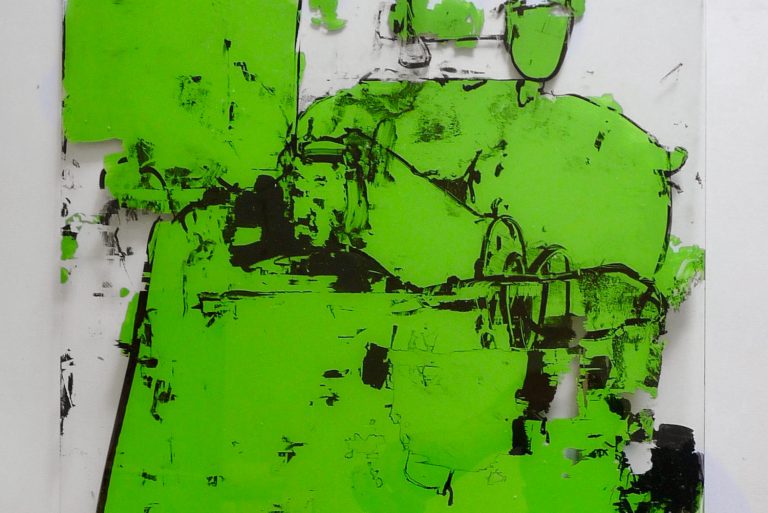
Henri Wagner’s art is a captivating blend of contrasts. His pieces exude a rough, brutal energy, yet simultaneously convey a
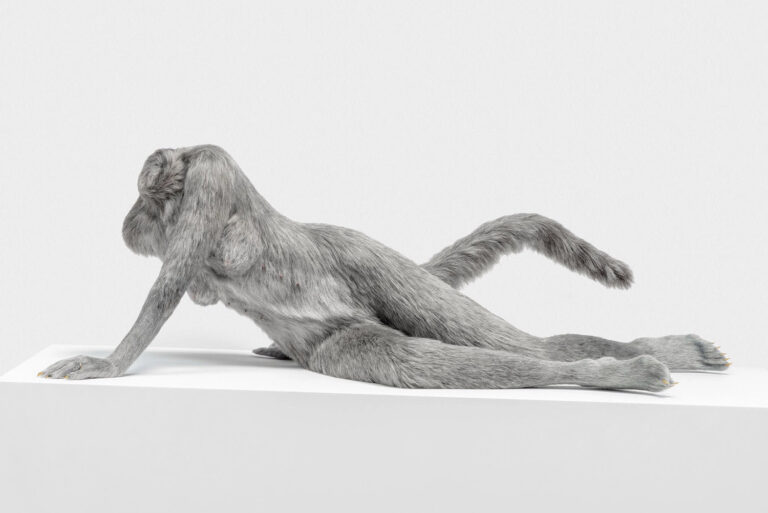
Isabelle Albuquerque, an artist from Los Angeles, creates her narrative in a world filled with fleeting moments and ephemeral desires.
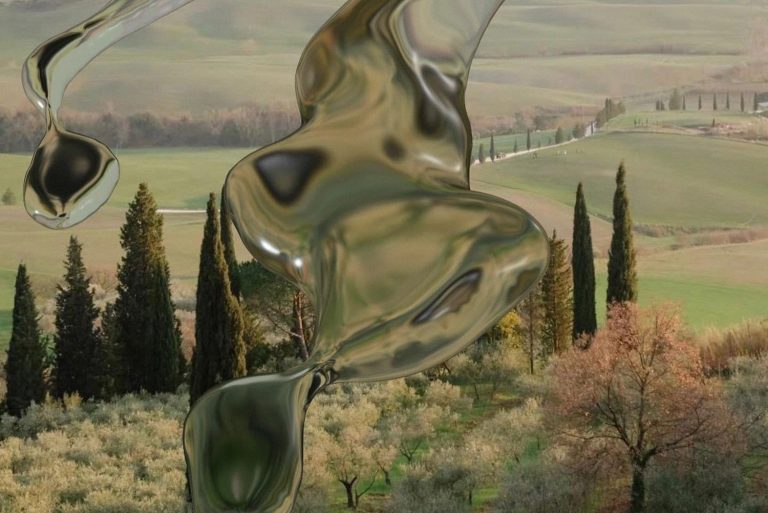
Leilei Wu is an artist and researcher whose art challenges both physical and virtual worlds. Drawing inspiration primarily from man-made
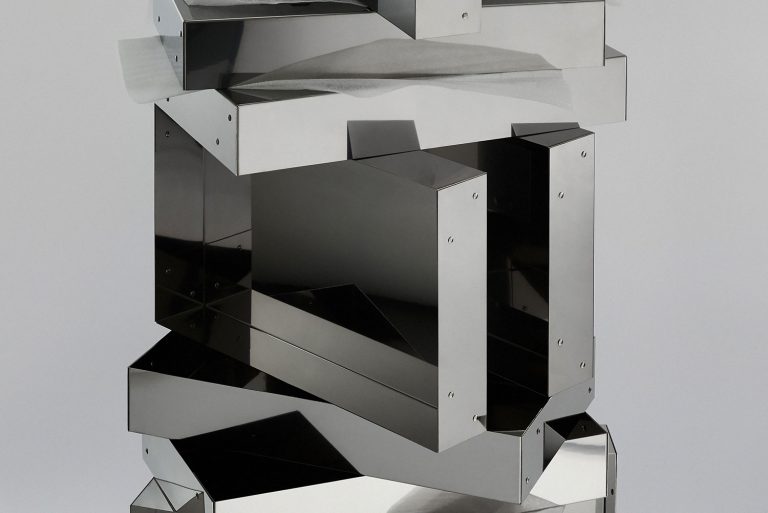
Forever Studio, based in the Netherlands, searches for unfamiliar combinations in autonomous and commercial design. Launched by Bienke Domenie &
Independent Art & Design Gallery 0→1 © 2024
Stay in the loop with 0→1. Join our email list for the latest news, artist highlights, and first dibs on our exclusive collections. Dive into the art world with us — curated, simplified, and personal.
(We respect your inbox. Our updates are curated for value, and you can unsubscribe anytime. No spam, just art.)
We use cookies to improve your browsing experience; details in our Privacy Policy →